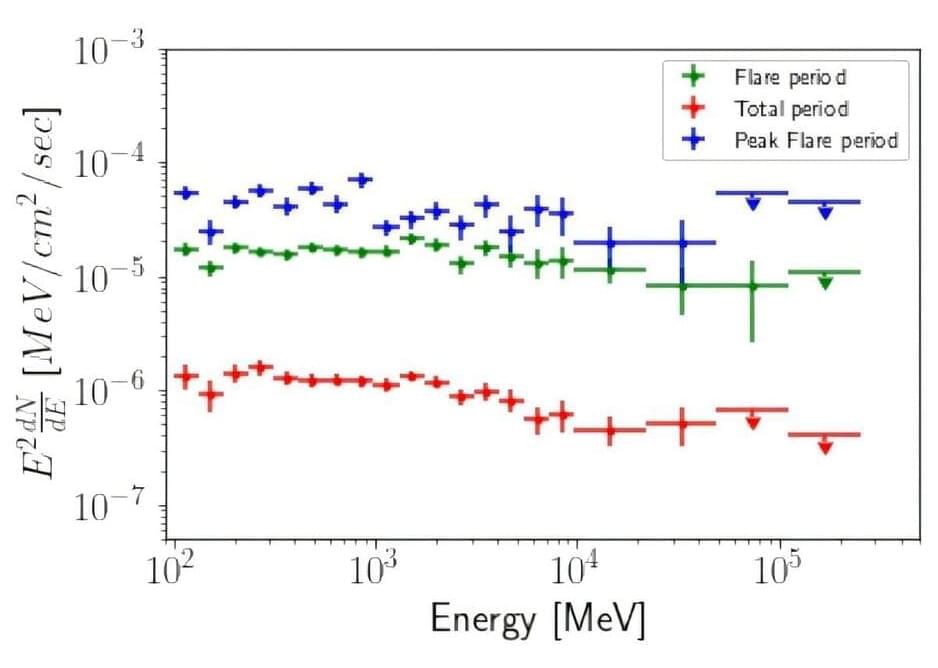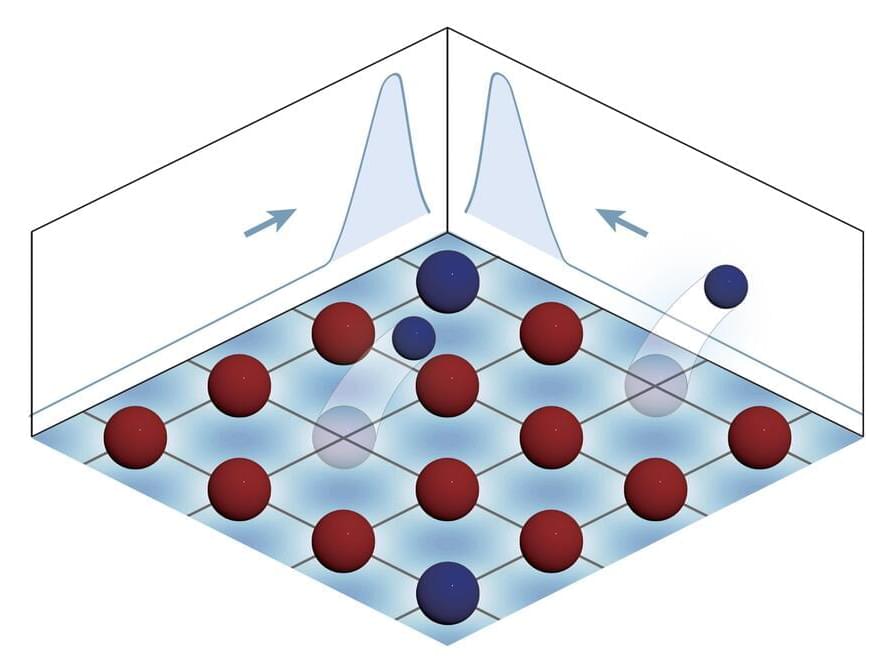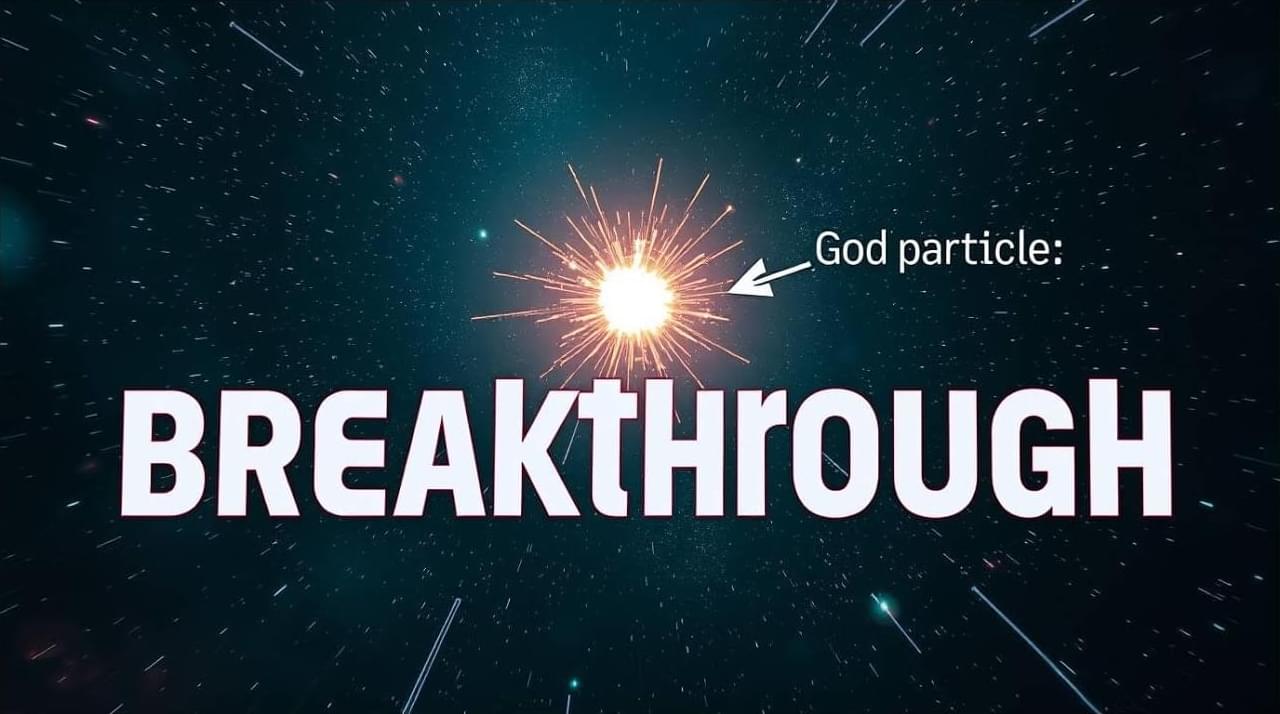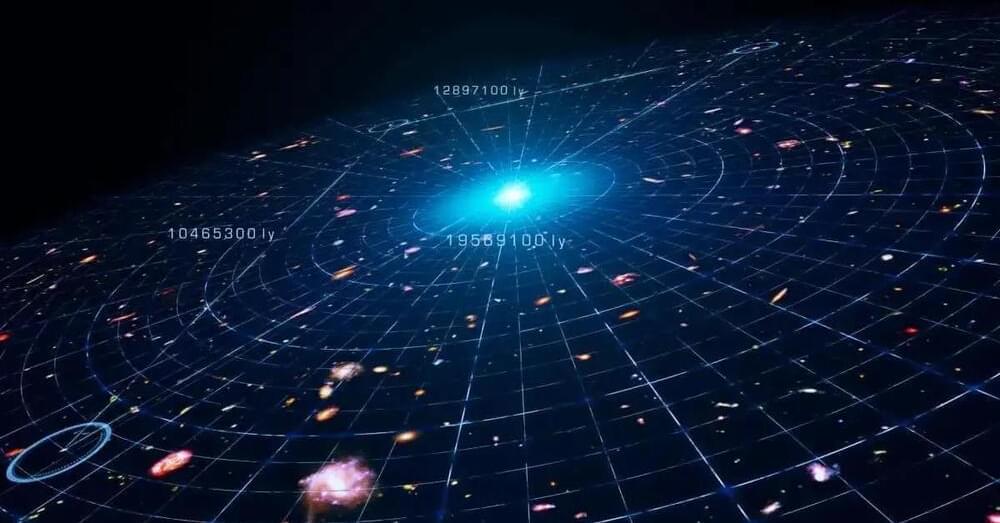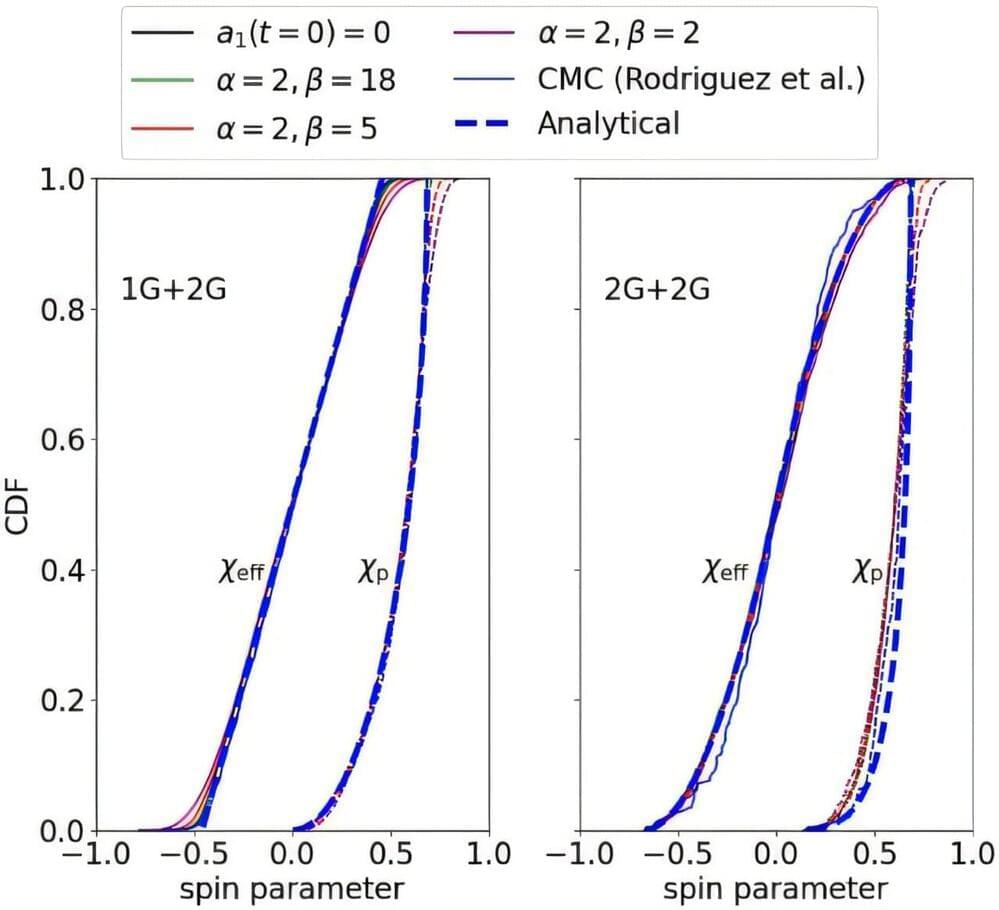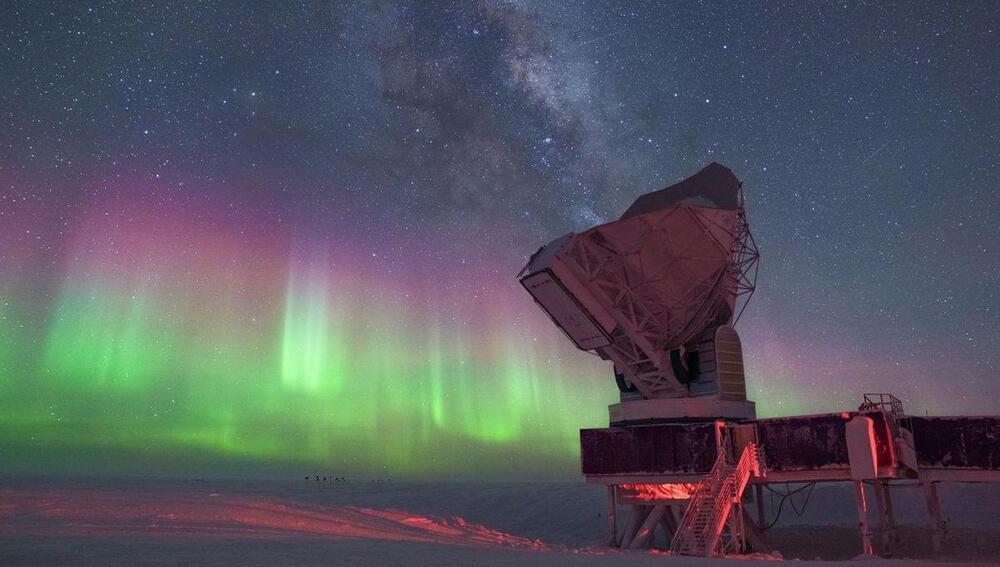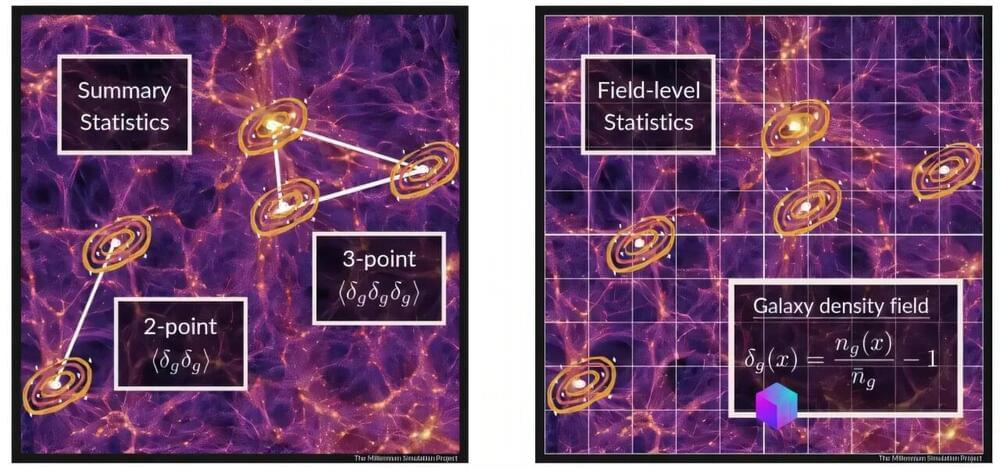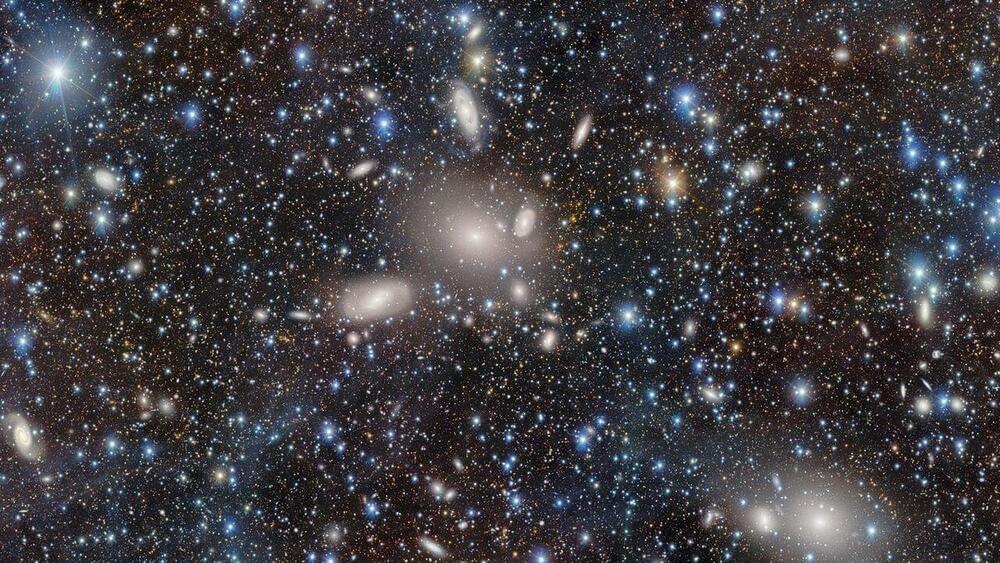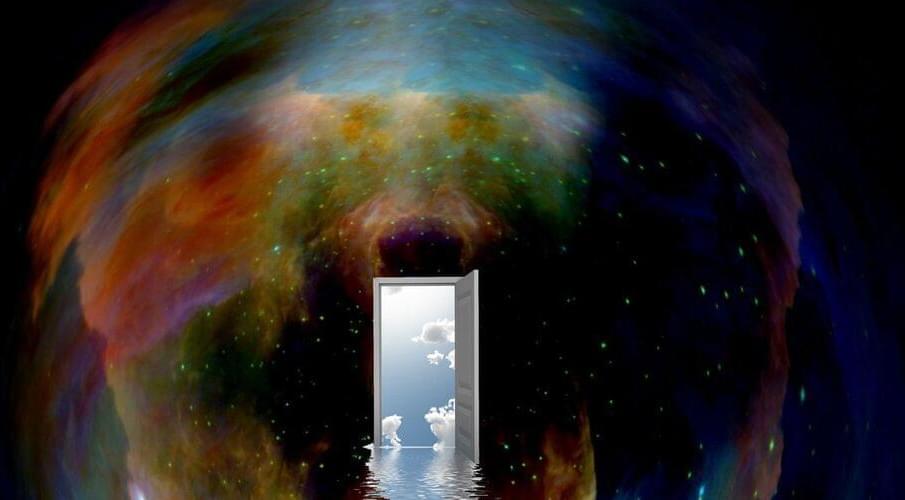Jan 9, 2025
Gamma-ray outburst detected from the radio source 3C 216
Posted by Saúl Morales Rodriguéz in category: cosmology
Using NASA’s Fermi space telescope, Italian astronomers have observed a radio source known as 3C 216. As a result, they detected increased gamma-ray activity from this source, including a strong outburst. The finding is reported in a research paper published on the arXiv preprint server.
3C 216 is an extragalactic radio source at a redshift of approximately 0.67, with a projected linear size of about 182,500 light years. It has an overall steep radio spectrum and a relatively compact morphology. Therefore, it is classified as a compact steep spectrum (CSS) object.
Previous observations of 3C 216 have found that it is a radio galaxy consisting of a central component surrounded by a more extended structure, and has an inner relativistic jet. It turns out that this galaxy is associated with gamma-ray source 4FGL J0910.0+4257.
